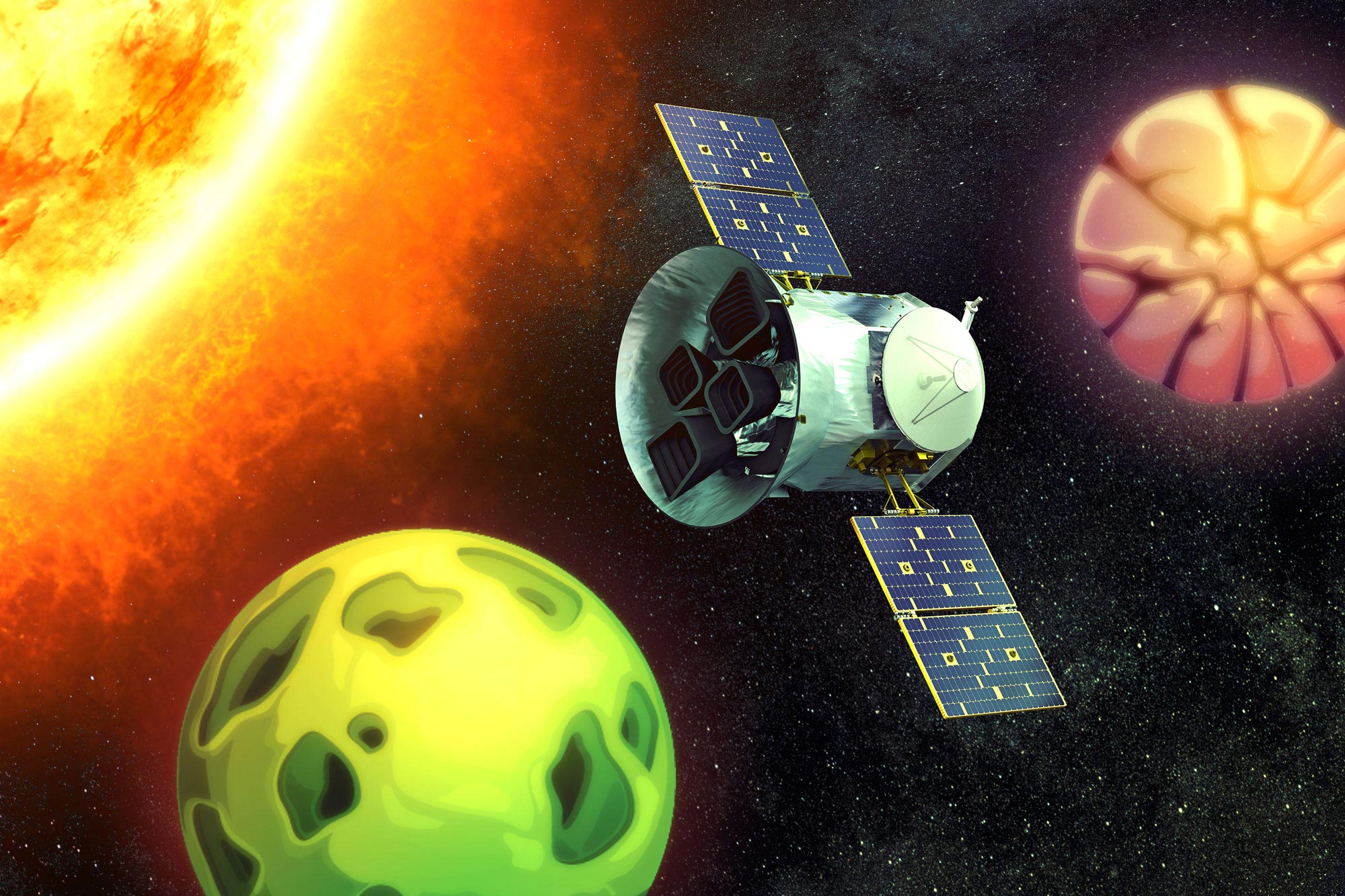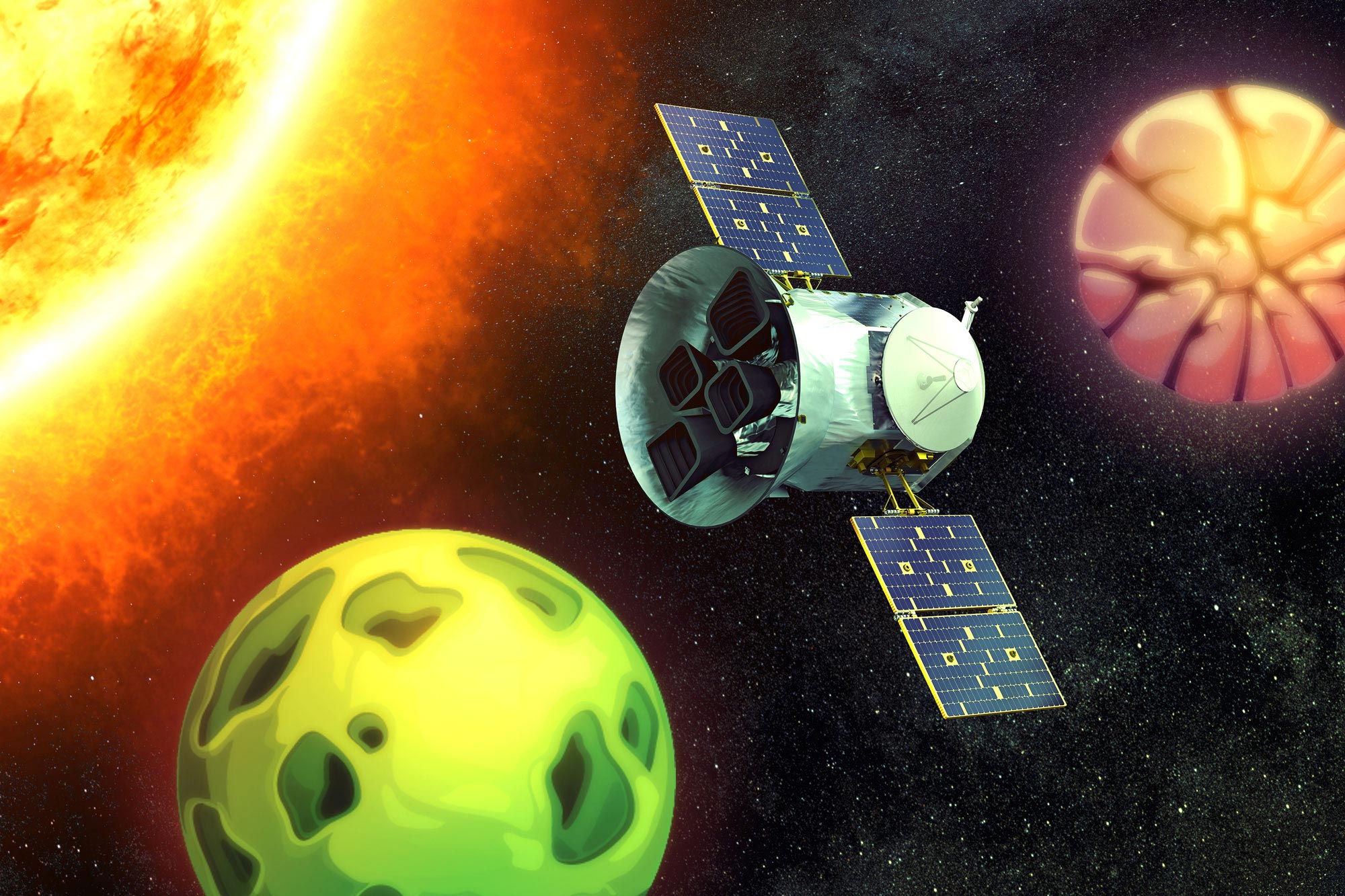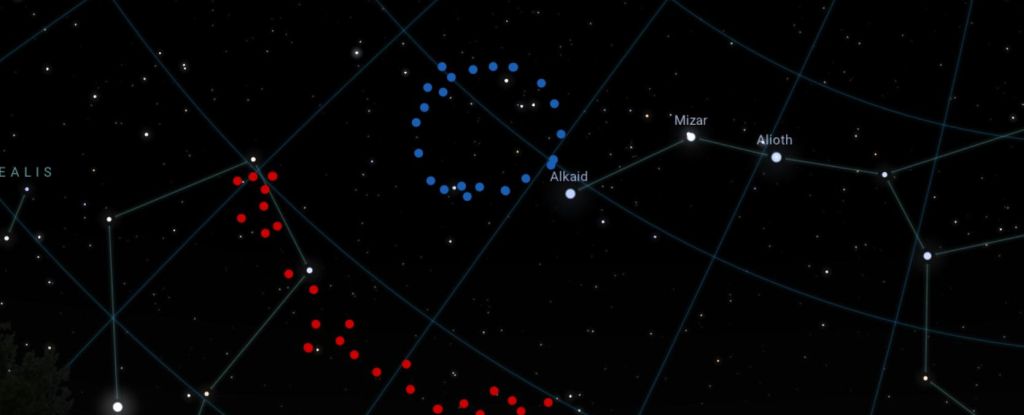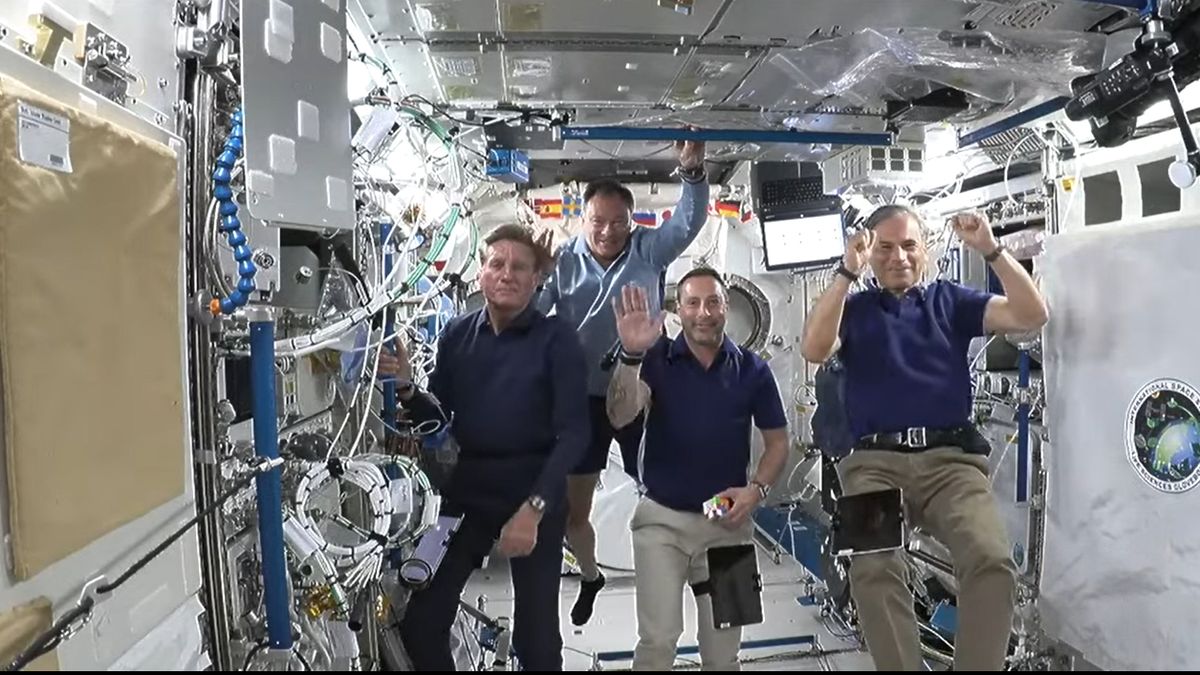
MIT 천문학자들은 지구에서 10파섹(약 33광년) 떨어져 있는 새로운 다중행성계를 발견하여 우리 시스템에 가장 가까운 다중행성계 중 하나로 만들었다. 이 시스템의 핵심에 있는 별은 적어도 두 개의 지구 크기의 지구형 행성을 보유하고 있을 것입니다. 크레딧: MIT 뉴스, NASA 제공 TESS 위성 문자 제공
지구에서 불과 33광년 떨어져 있는 이 시스템은 지구 크기의 암석 행성 두 개를 수용하는 것으로 보입니다.
천문학자들이 이웃 은하 내에서 새로운 다중 행성계를 발견했습니다.[{” attribute=””>MIT and elsewhere. It lies just 10 parsecs, or about 33 light-years, from Earth, making it one of the closest known multiplanet systems to our own.
At the heart of the system lies a small and cool M-dwarf star, named HD 260655, and astronomers have found that it hosts at least two terrestrial, Earth-sized planets. The rocky worlds have relatively tight orbits, exposing the planets to temperatures that are too high to sustain liquid surface water. Therefore, they are unlikely to be habitable.
Nevertheless, scientists are excited about this system because the proximity and brightness of its star will give them a closer look at the properties of the planets and signs of any atmosphere they might hold.
“Both planets in this system are each considered among the best targets for atmospheric study because of the brightness of their star,” says Michelle Kunimoto, a postdoc in MIT’s Kavli Institute for Astrophysics and Space Research and one of the discovery’s lead scientists. “Is there a volatile-rich atmosphere around these planets? And are there signs of water or carbon-based species? These planets are fantastic test beds for those explorations.”
The team will present its discovery on June 15, 2022, at the meeting of the American Astronomical Society in Pasadena, California. Team members at MIT include Katharine Hesse, George Ricker, Sara Seager, Avi Shporer, Roland Vanderspek, and Joel Villaseñor, along with collaborators from institutions around the world.

Illustration of NASA’s Transiting Exoplanet Survey Satellite (TESS) at work. Credit: NASA’s Goddard Space Flight Center
Data power
The new planetary system was initially identified by NASA’s Transiting Exoplanet Survey Satellite (TESS), an MIT-led mission that is designed to observe the nearest and brightest stars, and detect periodic dips in light that could signal a passing planet.
In October 2021, Kunimoto, a member of MIT’s TESS science team, was monitoring the satellite’s incoming data when she noticed a pair of periodic dips in starlight, or transits, from the star HD 260655.
She ran the detections through the mission’s science inspection pipeline, and the signals were soon classified as two TESS Objects of Interest, or TOIs — objects that are flagged as potential planets. The same signals were also found independently by the Science Processing Operations Center (SPOC), the official TESS planet search pipeline based at NASA Ames. Scientists typically plan to follow up with other telescopes to confirm that the objects are indeed planets.
The process of classifying and subsequently confirming new planets can often take several years. For HD 260655, that process was shortened significantly with the help of archival data.
Soon after Kunimoto identified the two potential planets around HD 260655, Shporer looked to see whether the star was observed previously by other telescopes. As luck would have it, HD 260655 was listed in a survey of stars taken by the High Resolution Echelle Spectrometer (HIRES), an instrument that operates as part of the Keck Observatory in Hawaii. HIRES had been monitoring the star, along with a host of other stars, since 1998, and the researchers were able to access the survey’s publicly available data.
HD 260655 was also listed as part of another independent survey by CARMENES, an instrument that operates as part of the Calar Alto Observatory in Spain. As these data were private, the team reached out to members of both HIRES and CARMENES with the goal of combining their data power.
“These negotiations are sometimes quite delicate,” Shporer notes. “Luckily, the teams agreed to work together. This human interaction is almost as important in getting the data [as the actual observations]. “
행성 당기기
궁극적으로 이 공동 작업을 통해 약 6개월 만에 HD 260655 주변에 두 개의 행성이 있음을 빠르게 확인했습니다.
TESS의 신호가 실제로 궤도를 도는 두 행성에서 온 것인지 확인하기 위해 연구자들은 별의 HIRES와 CARMENES의 데이터를 조사했습니다. 두 조사 모두 별의 중력 진동(반사 속도라고도 함)을 측정합니다.
“별을 도는 모든 행성은 별에 작은 중력을 가질 것입니다.”라고 Kunimoto는 설명합니다. “우리가 찾고 있는 것은 별을 끌어당기는 행성 질량의 물체를 나타낼 수 있는 그 별의 약간의 움직임입니다.”
두 세트의 아카이브 데이터에서 연구원들은 TESS가 감지한 신호가 실제로 두 개의 궤도를 도는 행성이라는 통계적으로 중요한 신호를 발견했습니다.
“그때 우리는 우리가 매우 흥미진진하다는 것을 알았습니다.”라고 Sporer는 말합니다.
그런 다음 팀은 궤도 주기와 크기를 포함하여 두 행성의 특성을 결정하기 위해 TESS 데이터를 면밀히 조사했습니다. 그들은 HD 260655b라는 별명을 가진 내부 행성이 2.8일마다 별을 공전하며 지구 크기의 약 1.2배임을 확인했습니다. 두 번째 외계행성 HD 260655c는 5.7일 간격으로 자전하며 지구보다 1.5배 더 무겁습니다.
HIRES와 CARMENES의 반경 방향 속도 데이터에서 연구자들은 행성의 질량을 계산할 수 있었으며, 이는 각 행성이 항성을 끌어 당기는 진폭과 직접적인 관련이 있습니다. 그들은 내부 행성의 질량이 지구의 두 배인 반면 외부 행성의 질량은 지구의 약 3배라는 것을 발견했습니다. 그 크기와 질량에서 팀은 각 행성의 밀도를 추정했습니다. 작은 내부 행성은 지구보다 약간 더 밀도가 높으며 큰 외부 행성은 약간 덜 밀도가 있습니다. 밀도에 따라 두 행성은 구성이 육지이거나 암석일 가능성이 높습니다.
연구원들은 또한 짧은 궤도를 기반으로 행성의 내부 표면이 710K(818도)로 굽고 있다고 추정합니다.[{” attribute=””>Fahrenheit), while the outer planet is around 560 °K (548 °F).
“We consider that range outside the habitable zone, too hot for liquid water to exist on the surface,” Kunimoto says.
“But there might be more planets in the system,” Shporer adds. “There are many multiplanet systems hosting five or six planets, especially around small stars like this one. Hopefully, we will find more, and one might be in the habitable zone. That’s optimistic thinking.”
This research was supported, in part, by NASA, the Max-Planck-Gesellschaft, the Consejo Superior de Investigaciones Científicas, the Ministerio de Economía y Competitividad, and the European Regional Development Fund.

“요은 베이컨과 알코올에 대한 전문 지식을 가진 닌자입니다. 그의 탐험적인 성격은 다양한 경험을 통해 대중 문화에 대한 깊은 애정과 지식을 얻게 해주었습니다. 그는 자랑스러운 탐험가로서, 새로운 문화와 경험을 적극적으로 탐구하며, 대중 문화에 대한 그의 열정은 그의 작품 속에서도 느낄 수 있습니다.”









